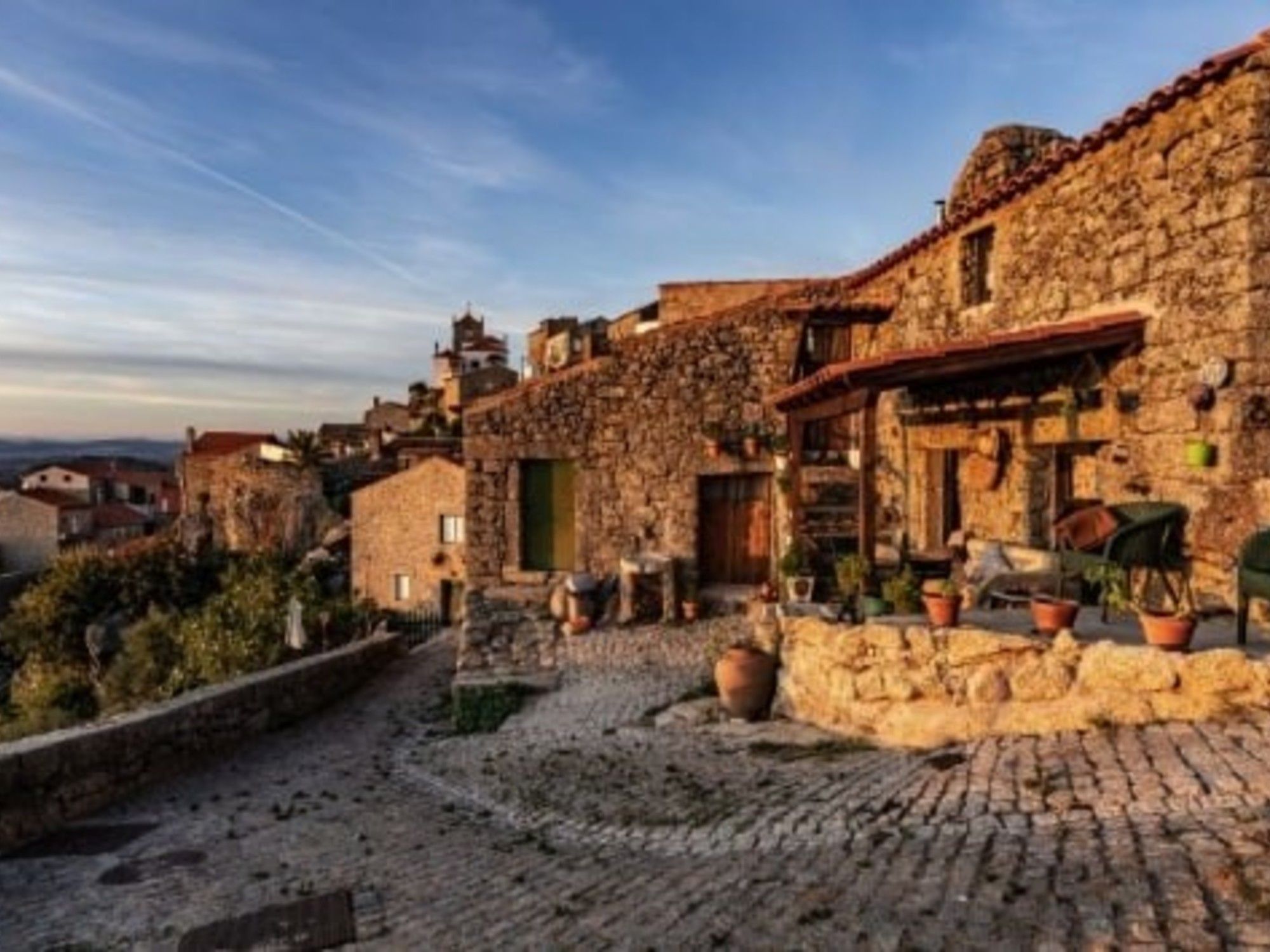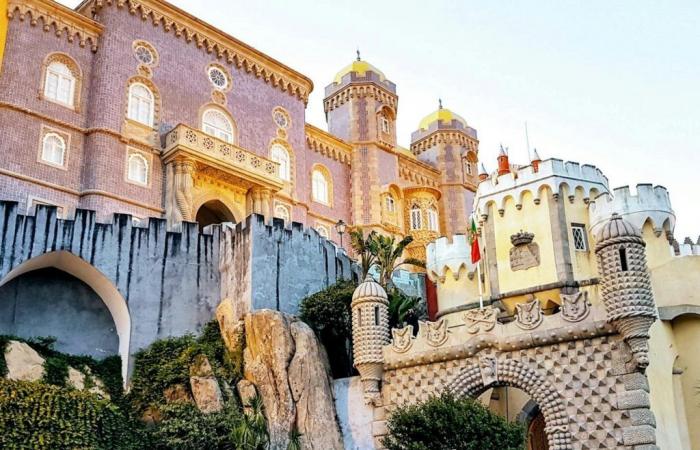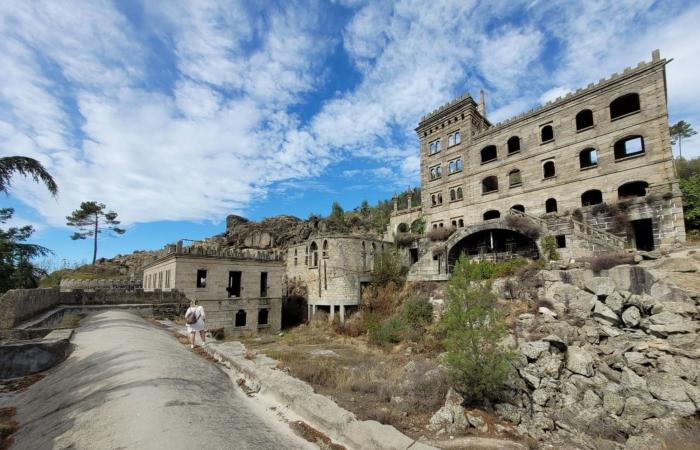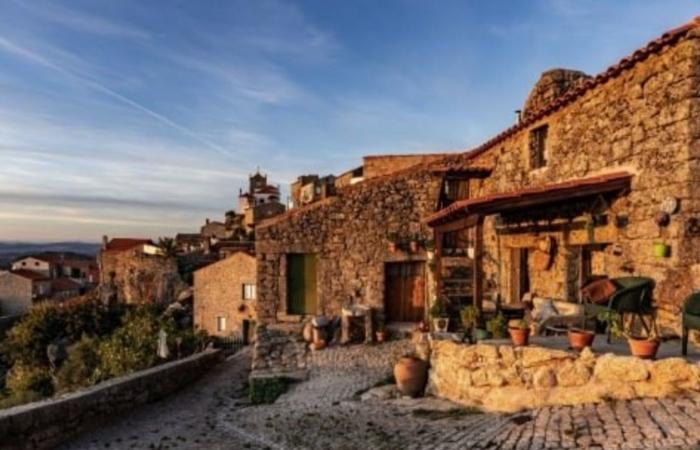In terms of tourism, Portugal It stands out for its 3,000 hours of sunshine a year, its 850 km of beaches bathed by the Atlantic Ocean, its picturesque capital, Lisbon, and its typical music, Fado, explains the site. Visit Portugal.
They are also worth it its wines, its gastronomy and a legendary tranquility that invades almost all its environments.
This is a country relatively small (88,889 km2) and sparsely populated (about 10 million inhabitants), located in the extreme southwest of Europe, on the Iberian Peninsula. In addition to its continental part, it includes the archipelagos of the Azores and Madeira, adds Visit Portugal.
Although Lisbon and Porto, the largest cities, are the places chosen by many tourists, during the summer beaches They become the unmissable destination.
The interior of the country, full of contrasts between plain and mountain, offers several small towns that deserve a visit, for their history, their architecture and their integration with the surrounding geography.
What towns are unmissable if you go to Portugal
These are some of the most beautiful towns from Portugal, according to the Spanish tourism portal Turium:
SORTELHA. With a castle built on a rocky complex at 760 m high, it maintains its medieval appearance intact. It is part of a defensive line made up of castles and walls from the 13th century. Its houses built of granite stone, generally single-story, are an essential part of its charm. The main church (14th century) shows ceiling work in the Hispano-Arabic style and a main altar with a golden carving added during the Baroque.
PIODAO. Located in the Sierra de Acor, a protected area, this village is reminiscent, due to its harmonious shape, of a manger in which its two-story houses and bluish tones appear that contrast with the green of the landscape. Slate is abundant in the region and is part of houses and narrow, winding streets. The whitewashed Nuestra Señora de la Concepción Church, with its cylindrical buttresses, is a must-see.
MONSARAZ. Another medieval town, located in the Alentejo plain and near the Guadiana River, maintains its architecture to offer a journey through time. In July, it becomes an “open museum” for tourists to learn about the customs of its neighbors, dedicated to crafts. To visit: the Castle and the Tower of Homenaje, the Old Palaces of the Audience and the Mother of Our Lady of the Laguna church.
MARVAO. Built on the top of a cliff, in the Sierra de Sao Mamede, it offers spectacular views of the entire region. The Ammaia mountain served as a refuge for an Arab warrior in the 9th century. Since then, this has been a strategic defense site. The architecture of Alentejo is present in its houses, its arches, its windows and its wrought iron balconies. The churches of Santa María and Santiago, the chapel of the Holy Spirit and the convent of Our Lady of the Star are the best places to visit.
RODRIGO CASTLE. Built on the top of a hill, it is a small village overlooking a vast plain. Its streets and buildings remember the rich history of the town, which was a place of passage for pilgrims going to Santiago de Compostela, in Spain. The Church of the Reclamator preserves an interesting image of Santiago Matamoros. The area is famous for its almonds.
 In 1938 Monsanto was elected “the most Portuguese town in Portugal.” Photo: Booking.
In 1938 Monsanto was elected “the most Portuguese town in Portugal.” Photo: Booking.MONSANTO. In 1938, a contest made it the “most Portuguese town in Portugal.” Between the foothills of the Gardunha Mountains, it is the headquarters, in May, of the Festival of Crosses, which remembers the resistance to the Romans in the 2nd century. But the most surprising thing is that the small urban agglomerate develops on the slopes of the mountain range, taking advantage of large granite stones. Some palaces stand out, the Torre de Lucano and the castle built on the heights.
MIRANDA DO DOURO. Next to the border with Spain, it is a very old town since the site was inhabited by the Romans and the Arabs. King Afonso Henriques ordered the construction of a castle in the 12th century and this transformed Miranda into a parade ground. The town is well known for its folklore: the pauliteiros, with their typical costume made up of skirts, dance the palo dance to the sound of the bagpipes. On the other hand, Mirandese is spoken here, a language recognized as official by the government.
TAVIRA. The city was born around the 1st century with the Roman settlement of Balsa and its privileged location between the Algarve Mountains and the Gilao River, made it a place where the Arabs arrived between the 8th and 13th centuries. But the expansion occurred in the 15th century, the Age of Discovery, when King Joao II lived here. Witness of that time is the Church of Mercy, one of the 21 built in the city. Its houses with scissor roofs and mesh doorways are of interest, but what defines Tavira is its landscape. The Gilao leads to the sea, where the Island of Tavira is located, a large sandy area, with white sand beaches and one of the best in the Algarve.




